Key Concepts in Geography
Physical Geography Topics

Climate Systems and Weather Patterns

Natural Disasters

Topography and Landforms
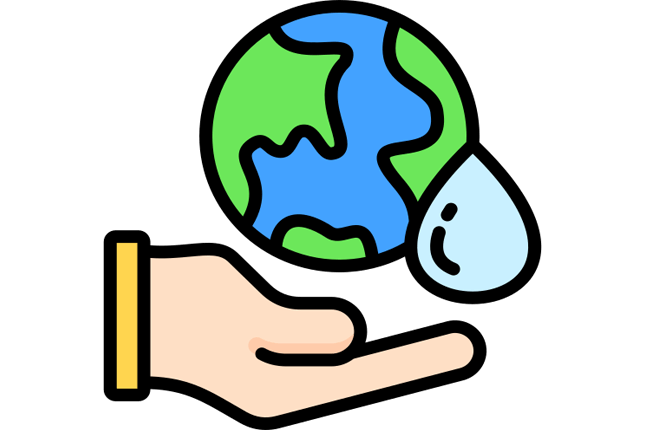
Water Resources

Soil Types and Agriculture

Oceans and Coastal Geography
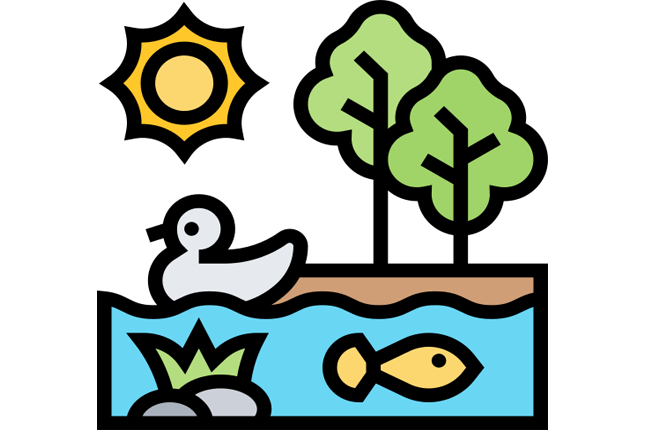
Ecosystems and Biomes
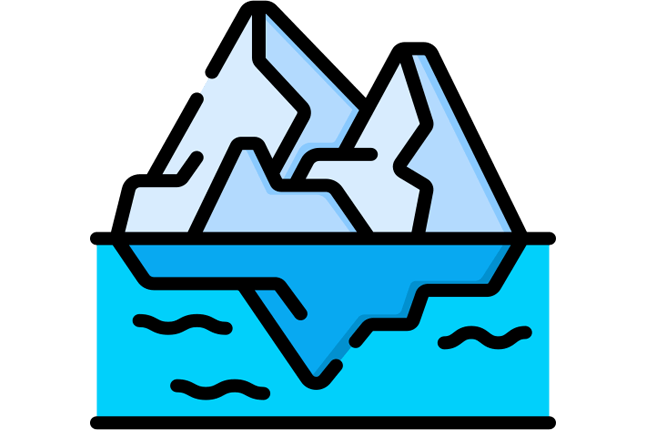
Glaciers and Ice Caps

Renewable and Non-Renewable Resources

Desertification
Human Geography Topics
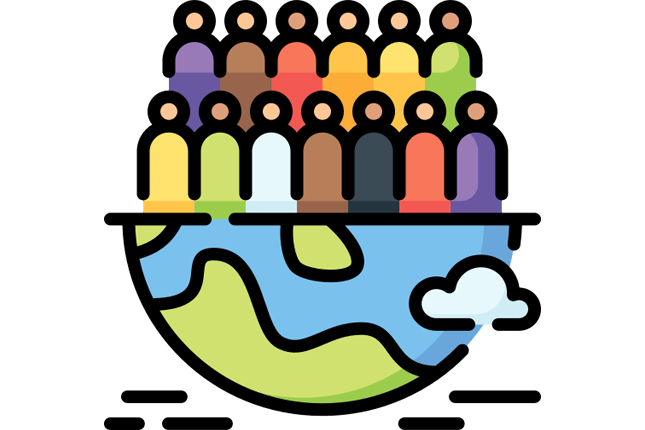
Population Distribution and Density

Urbanization
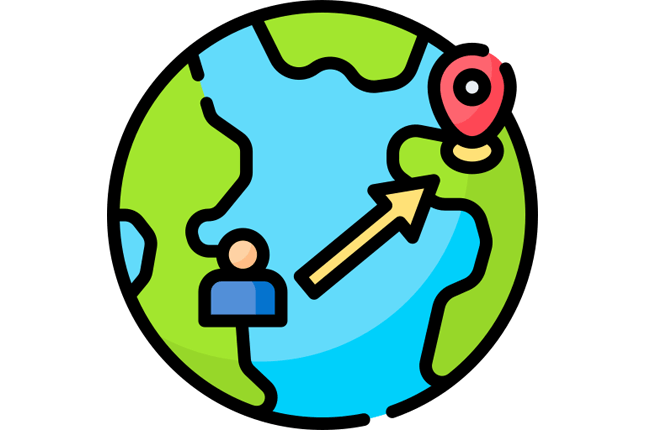
Migration

Cultural Geography

Economic Geography
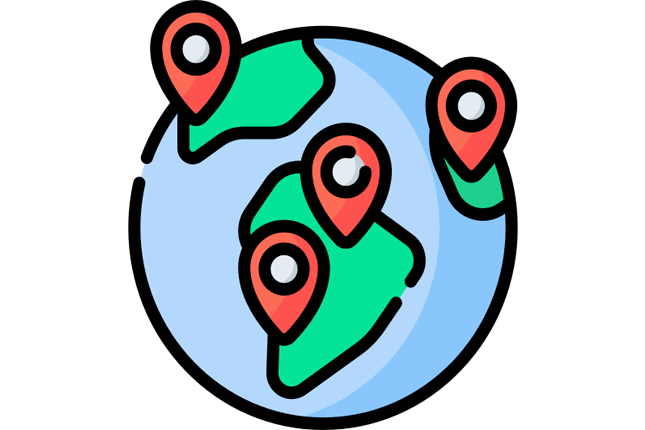
Globalization

Political Geography
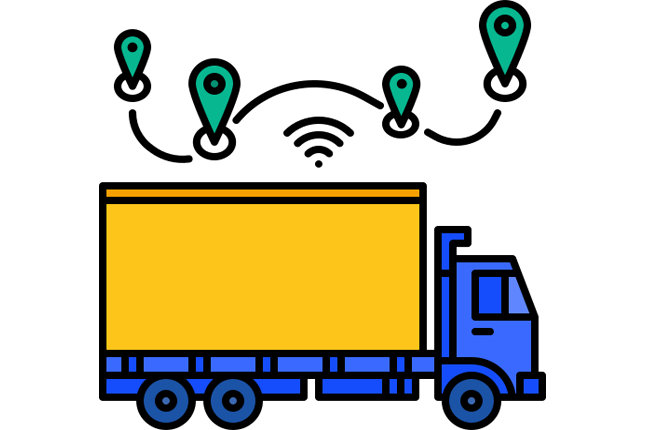
Transportation Networks

Settlement Patterns

Rural and Urban Development
Environmental Geography Topics
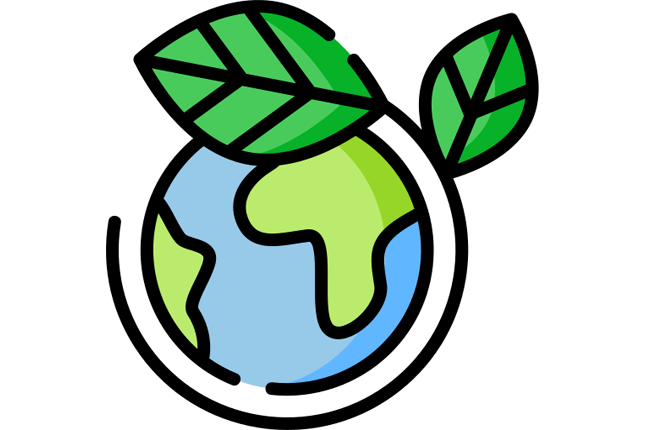
Sustainability

Climate Change

Deforestation
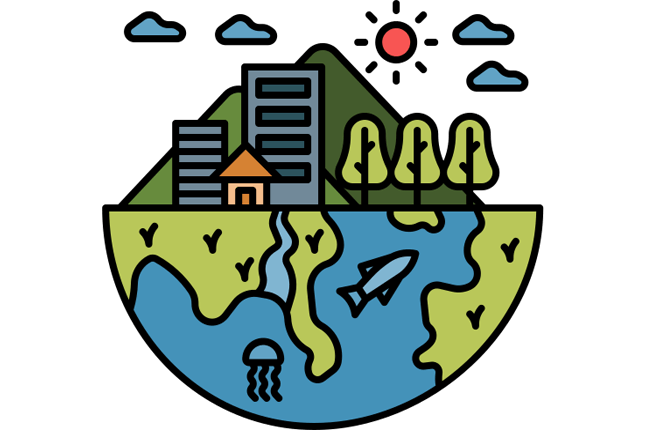
Biodiversity Hotspots

Water Scarcity
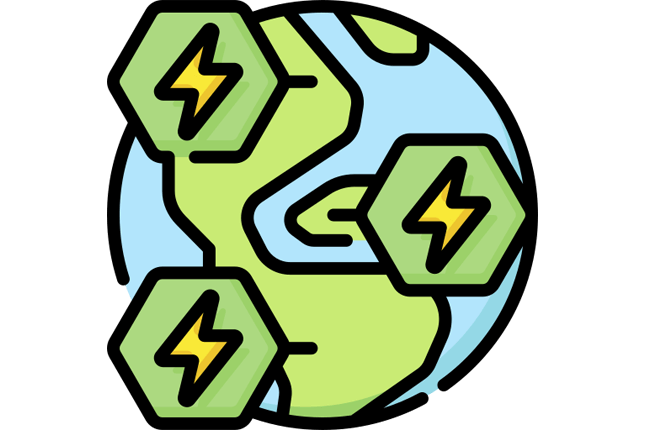
Energy Geography
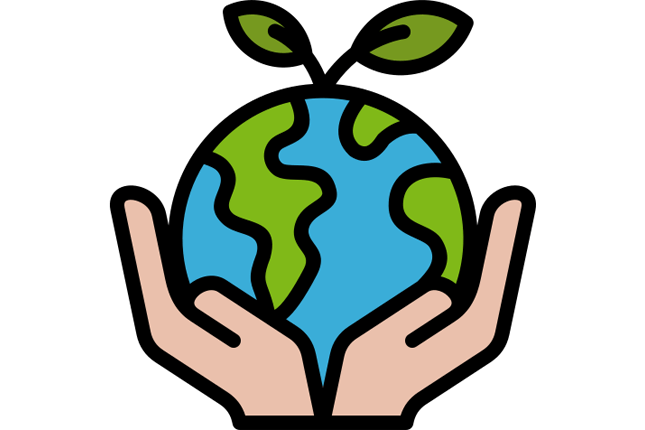
Conservation
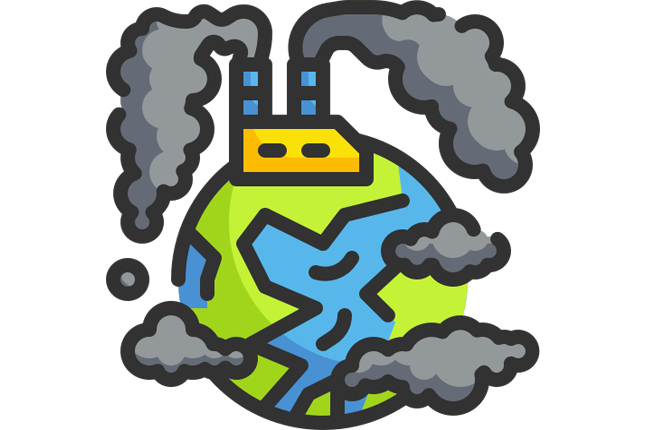
Pollution

Waste Management

Urban Heat Islands
Regional and Global Geography Topics
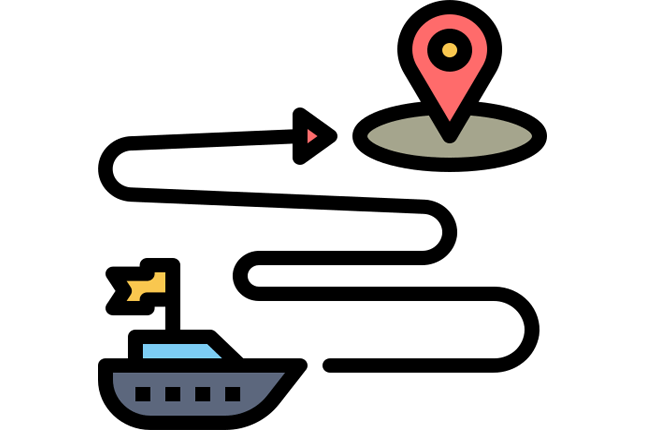
Trade Routes

Geopolitics of Energy
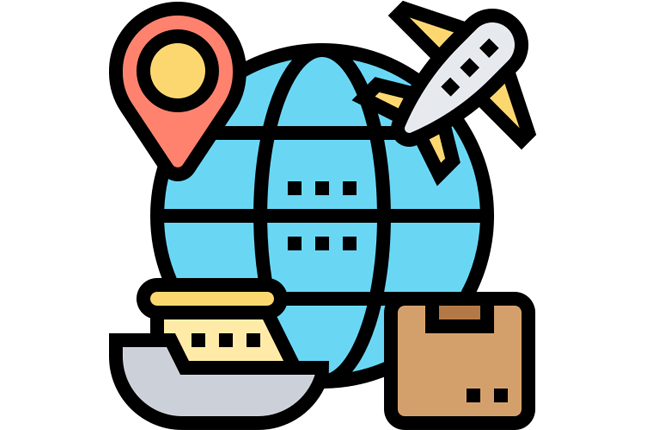
Global Supply Chains
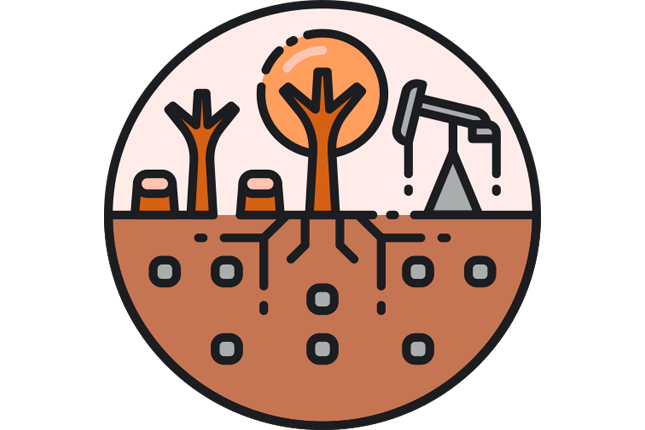
Natural Resource Conflicts

Food Security

Tourism Geography
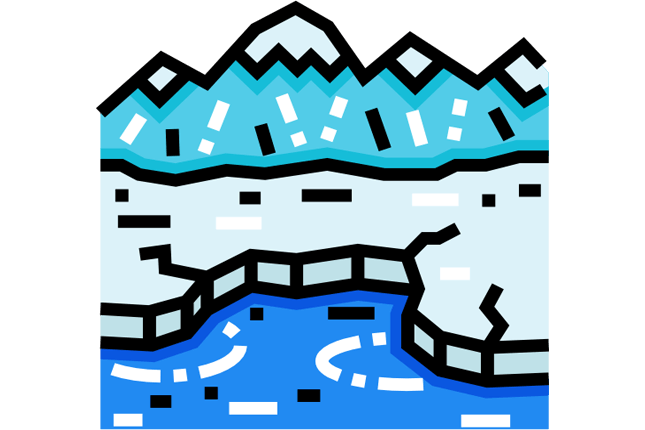
Arctic and Antarctic Geography
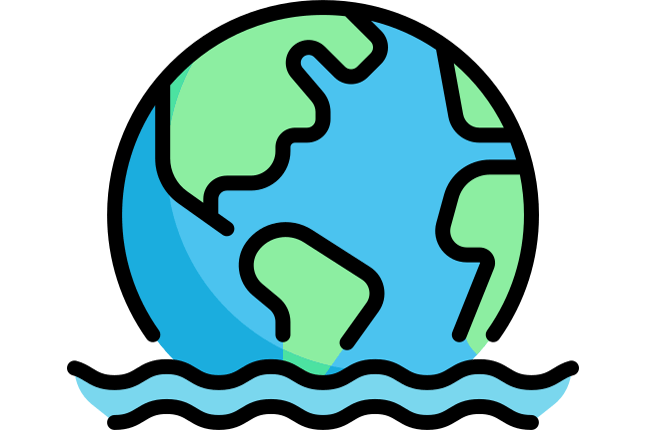
Marine Geography

Mountains as Resources

Urban Planning
Geographic Tools and Techniques
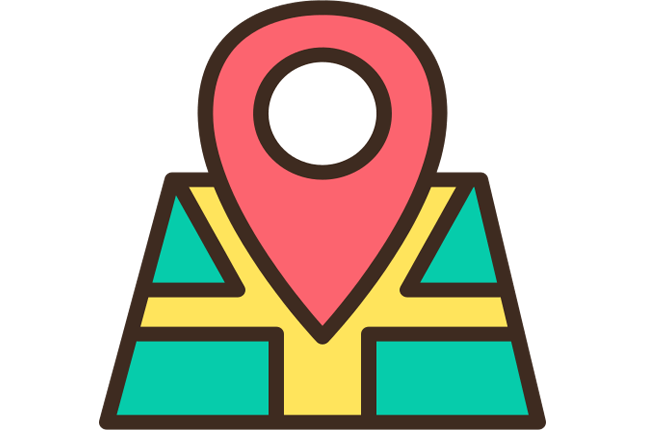
Geographic Information Systems (GIS)
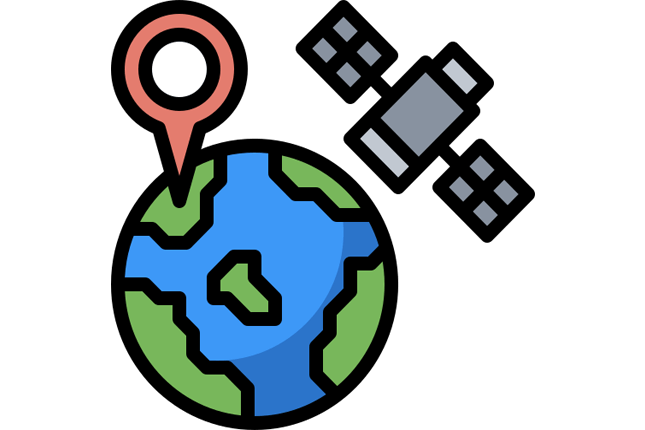
Remote Sensing

Cartography

Spatial Analysis
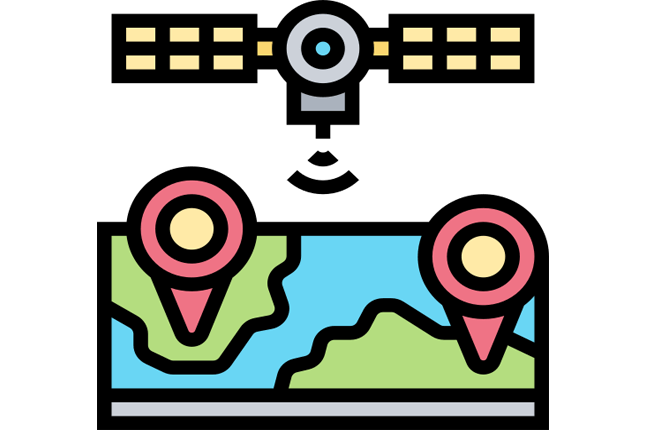
Global Positioning Systems (GPS)
Geography – The Framework of the Modern World
Geography acts as a cornerstone for understanding how physical spaces and human activities intersect in modern life. It supplies analytical approaches and data-driven methods for interpreting climates, landforms, resources, and population dynamics. By correlating local and regional studies with broader global patterns, geography guides policymaking, economic strategies, and social development initiatives. High school students can benefit from recognizing these connections, which illuminate topics ranging from climate systems to political geography.
Below is a thorough investigation of several critical branches of geography, divided into Physical, Human, Environmental, and Regional/Global categories. Each segment underscores geography’s place in various fields and shows why it deserves attention.
Physical Geography Topics
Climate Systems and Weather Patterns
Climate systems influence living conditions, energy needs, and economic choices. The Mediterranean region, with its wet winters and dry summers, fosters the cultivation of olives and grapes. Meanwhile, phenomena such as El Niño and La Niña can disrupt agricultural cycles on multiple continents, prompting concerns about food production and resource distribution. Geographic studies rely on data modeling to predict extreme events—hurricanes, droughts, floods—so that agencies can establish contingency measures.
Natural Disasters
Earthquakes, tsunamis, and hurricanes affect millions of people across the globe. Geography identifies zones prone to seismic activity, such as coastal Japan or the San Andreas Fault region, and suggests methods for designing buildings to withstand tectonic stress. Tsunami early-warning systems, often built on geographic data and ocean sensors, provide alerts that help coastal populations evacuate in time. Geographic analysis further assists communities in placing settlements outside floodplains, channeling resources more wisely, and adopting land management practices that reduce vulnerability.
Topography and Landforms
Landforms—mountains, valleys, plains—shape human settlement patterns and industrial strategies. Steep areas demand complex engineering for roads and railways, whereas flat river plains support high-yield farming and dense population clusters. The fertile floodplains of the Nile in northeastern Africa have sustained intensive agriculture for centuries, cultivating rice, wheat, and various cash crops. Geography not only identifies these beneficial landscapes but also highlights regions where rugged terrain limits large-scale agriculture or imposes greater infrastructure costs.
Water Resources
Rivers, lakes, aquifers, and groundwater reservoirs form the lifeblood of agriculture, public water supply, and manufacturing. The Nile provides nourishment for millions, while the Tigris-Euphrates system in the Middle East has influenced population distribution for millennia. Geography helps stakeholders address conflicts over water rights, design irrigation systems that minimize waste, and evaluate how climate change might affect seasonal flows and reservoir levels. Proper management of water assets is critical for sustainable urban expansion and ecological conservation.
Soil Types and Agriculture
Soil composition and fertility dictate which crops can be grown successfully in different regions. Alluvial soils along the Indo-Gangetic plain sustain high-density populations, partly because these areas can produce grains on a large scale. Geography also informs soil conservation practices, including terracing in mountainous zones to combat erosion and drip irrigation in drier locations to preserve moisture. By identifying each soil’s attributes, farmers and resource planners can adopt more effective strategies that preserve land quality.
Oceans and Coastal Geography
Oceans account for more than 70 percent of Earth’s surface and are deeply connected to climate regulation, maritime commerce, and marine biodiversity. Coastal zones near major port cities—Rotterdam in Europe, Shanghai in East Asia—act as channels for the movement of goods. Rising sea levels, coastal erosion, and overfishing jeopardize these zones and the livelihoods of coastal communities. Geography addresses these concerns by examining tidal changes, sediment flows, and pollution patterns, fostering approaches like protective seawalls and sustainable fishing quotas.
Ecosystems and Biomes
Rainforests, grasslands, wetlands, and tundra sustain organisms and moderate atmospheric carbon dioxide. South America’s Amazon Basin absorbs vast amounts of carbon dioxide, decreasing greenhouse gas levels in the atmosphere. Geography merges environmental science, remote sensing, and spatial analysis to detect deforestation rates, analyze biodiversity distribution, and recommend stewardship plans. Through these findings, policy coordinators can strengthen protections for at-risk habitats.
Glaciers and Ice Caps
Glaciers supply fresh meltwater that nourishes rivers feeding metropolitan regions in South Asia, South America, and beyond. These ice bodies are undergoing rapid changes because of rising global temperatures, resulting in volatile water availability and increasing sea levels that threaten low-lying coastlines. Geographers track glacier retreat with satellite imagery and ground-based surveys, then alert decision-makers so they can coordinate resource allocation and protective measures.
Renewable and Non-Renewable Resources
Geographic factors determine how oil, coal, and natural gas reserves are distributed, as well as where solar and wind energy projects can flourish. The placement of offshore wind farms, for instance, depends on coastal geography, wind patterns, and seabed composition. Through regional mapping, scholars and engineers pinpoint suitable areas for installing these assets while remaining mindful of environmental implications. Geography thus contributes to a balanced approach when using fossil fuels and adopting renewables.
Desertification
Land degradation in arid regions can undermine food security and disrupt local livelihoods. The Sahel in Africa, bordering the Sahara, experiences desertification that reduces arable land. Geographers measure the rate of soil depletion, monitor vegetation cover, and guide interventions, including reforestation programs and low-impact grazing systems. One example is the Great Green Wall initiative, aimed at planting trees across parts of the Sahel to stabilize soil and improve conditions for farming.
Human Geography Topics
Population Distribution and Density
Population clusters reflect economic, cultural, and topographic conditions. Expansive urban centers—New York, São Paulo, Lagos—attract large populations because of employment prospects and established infrastructure. Rural zones often remain sparsely settled, partly due to fewer economic activities. Geographers interpret demographic data to help governments and businesses forecast demand for healthcare, education, and transportation. By tracking birth rates and migration flows, they also anticipate resource needs for rapidly growing areas.
Urbanization
Urbanization reshapes landscapes and fosters both challenges and opportunities. Mega-cities like Mumbai and Mexico City exhibit traffic congestion, air pollution, housing shortages, and social disparities. Geographic analyses enable city planners to allocate zoning designations for residential, commercial, and industrial use. This approach maximizes land utilization, improves transportation efficiency, and balances ecosystem preservation with the need for city services.
Migration
Human migration takes many forms, including rural-to-urban movements, cross-border relocations, and temporary labor shifts. Motivations include employment, conflict, environmental crises, and better living conditions. By studying migration routes and comparing them with resource availability, geographic research informs decisions on school construction, healthcare facilities, and workforce policies. Large-scale migrations, such as the movement of individuals fleeing conflict, also require coordinated responses involving multiple countries.
Cultural Geography
Cultural geography interprets how language, religion, and customs shape social structures. The global spread of major languages (e.g., Spanish, Arabic, French) often reveals historical trade corridors, colonial influences, or diasporas. Policy experts and multinational organizations draw on these insights to encourage cultural understanding in workplaces and cross-border collaborations. Cultural mapping further aids in preserving heritage sites, planning cultural festivals, and addressing social tensions rooted in cultural differences.
Economic Geography
Economic geography focuses on how location, natural resources, and demography affect various industries. Early industrial powerhouses, such as London or Pittsburgh, capitalized on waterways or nearby coal deposits. Contemporary studies center on high-tech enclaves like Silicon Valley, where proximity to research institutions and venture capital fosters innovation in software and electronics. Geographic analysis can track supply chains for manufacturing, examining routes that link producers with worldwide markets.
Globalization
Societies now interact through goods, services, digital communications, and cultural exchange. Geography probes the impact of shipping lanes, undersea fiber-optic cables, and trade regulations on these interlinked networks. Fluctuations in demand for certain commodities can reverberate across regions, and geographers often predict how new technology hubs or shifting political alliances might influence cross-border trade. These findings help governments prepare for events like shipping bottlenecks or large-scale currency changes.
Political Geography
Geopolitical relationships depend on territorial boundaries, maritime claims, and military alliances. Contested areas—such as sections of the South China Sea—demonstrate how resources and location spark international disagreements. Maps, demographic data, and satellite imagery help negotiators, diplomats, and conflict-resolution teams make informed decisions. By interpreting the intersection of territory, population movements, and natural resources, political geography sheds light on evolving power structures.
Transportation Networks
High-functioning transportation corridors are vital for trade, tourism, and personal mobility. Geographic terrain and demographic pressures dictate where roads, railways, and airports should be constructed. For example, mountainous Switzerland has extensive tunnels and bridges, ensuring connectivity despite rugged terrain. Geography also shapes seaport logistics, with locations like Singapore thriving due to their access to multiple shipping lanes. Advanced models can calculate future demand and optimize transit routes.
Settlement Patterns
Settlement patterns are determined by factors such as resource availability, topography, and socio-political history. Some communities spread across wide agricultural basins, while others concentrate near manufacturing centers. Geographers interpret how cultural ties and economic forces modify settlement decisions over time. As rural populations move to busy metropolitan regions, they reshape urban cores and create opportunities for new infrastructure, public services, and business growth.
Rural and Urban Development
Balanced growth in both rural and urban zones reduces inequality and fosters resilience. Geography underpins measures that bring healthcare and educational resources to remote areas. It also informs smart city initiatives—programs that integrate technology in traffic management, renewable energy systems, and data-driven governance. By assessing the interplay between population density and resource distribution, geographers support equitable development strategies.
Environmental Geography Topics
Sustainability
Sustainability embodies the responsible use of resources while safeguarding environmental quality for subsequent generations. Geographic methods facilitate ecological footprint assessments, waste reduction projects, and protected-area governance. Professionals apply this knowledge to align local or regional policies with broader targets, including guidelines associated with the United Nations Sustainable Development Goals.
Climate Change
Rising temperatures, shifting rainfall, and stronger storms are global concerns that have substantial geographic implications. Glaciers in Greenland, heatwaves in urban corridors, and coastal inundation in small island nations all reflect the accelerating pace of climate change. Geographers quantify these patterns, forecast their potential impact on fisheries or hydroelectric capacity, and recommend adaptive measures. By combining remote sensing and computer modeling, researchers can warn authorities about expanding deserts or shrinking wetlands.
Deforestation
Deforestation disrupts ecological functions by reducing habitats and amplifying carbon dioxide levels. Geographic techniques identify the most affected regions, such as the Amazon Basin or parts of Southeast Asia, thereby supporting national governments, conservation groups, and local communities in their collective initiatives to safeguard forests. These efforts also reinforce ecological resilience by creating buffer zones, regenerating cleared areas, and curbing illegal logging practices.
Biodiversity Hotspots
Some locations harbor exceptionally high species richness and endemism. The Coral Triangle in the western Pacific features thousands of marine species that depend on healthy coral ecosystems. Using environmental surveys and spatial mapping, geographers document these sites, bringing worldwide awareness to the significance of biodiversity maintenance. Such data often influences legislation around marine parks, sustainable fishing, and eco-friendly tourism.
Water Scarcity
Water shortages undermine daily life and economic pursuits in arid zones, from the Sahel in Africa to parts of southwestern North America. Geographic research pinpoints regions at greatest risk, supporting solutions that include efficient irrigation, desalination technology, and water recycling. Hydrological models track seasonal fluctuations in precipitation and reservoir levels, enabling planners to devise thorough water-management strategies.
Energy Geography
Energy geography focuses on the spatial aspects of energy production, distribution, and use. Wind turbines in the North Sea, solar farms in the Sahara, or geothermal plants near tectonic fault lines reflect an intricate mosaic of possibilities. This subfield helps scientists evaluate feasibility, ecological impact, and optimal locations for future energy facilities. By balancing geographic realities with energy demand, societies can advance their power infrastructure while minimizing environmental harm.
Conservation
Conservation efforts rely on geographic insights to guard endangered flora, fauna, and habitats. Satellite imagery can identify patterns of illegal poaching or logging, while on-the-ground mapping pinpoints corridors where animals migrate seasonally. Geographers also collaborate with ecologists to design reserves in ways that maintain habitat connectivity. This comprehensive approach ensures that protective measures align with local cultural practices and economic needs.
Pollution
Airborne and waterborne pollution degrade living conditions and damage ecosystems. Geography unpacks how winds disperse smog, how industrial runoff enters river systems, or how plastic accumulates in ocean gyres. By combining cartographic visualization with field data, geographers can trace pollutants back to their sources and propose targeted interventions, such as emission controls or better waste disposal facilities.
Waste Management
Rapid urbanization generates mounting waste disposal challenges. Geography reveals the interplay between city layouts, population densities, and landfill sites, guiding methods for recycling, composting, and incineration. In many cases, waste-to-energy plants reclaim a portion of the resources otherwise lost, turning refuse into usable forms of electricity or heat. An informed geographic approach aims to reduce harmful environmental impacts while optimizing efficient waste handling.
Urban Heat Islands
Dense urban districts, packed with asphalt and concrete, often experience higher temperatures than neighboring countryside areas. This difference contributes to stress on power grids, reduced air quality, and uncomfortable living conditions. Geographers recommend solutions like expanding green rooftops, planting shade trees, and designing reflective surfaces for buildings. Urban heat mapping offers a clear view of hotspots, helping municipalities set priorities for climate adaptation.
Regional and Global Geography Topics
Trade Routes
Commerce depends on trade corridors—both historical and modern. The Silk Road and the Suez Canal reshaped economic interconnections, linking distant cultures and fueling cross-border markets. Geographic studies clarify how physical barriers, local climates, and political alliances can either enhance or disrupt trade flows. This perspective assists businesses in addressing logistics, determining distribution centers, and choosing transportation modes that match specific geographic contexts.
Geopolitics of Energy
Areas endowed with oil or gas fields wield influence in geopolitical affairs. Negotiations among countries that share pipelines or shipping routes rely on geographic data to interpret shifting resource availability. Meanwhile, transitions to renewable forms of energy reshape diplomatic relationships by reducing reliance on certain extraction sites. Geographers compile socioeconomic details, geological surveys, and infrastructure overviews, equipping policymakers with evidence-based insights.
Global Supply Chains
Electronics assembly in East Asia, textile manufacturing in South Asia, and agricultural processing in Latin America exemplify how global supply chains span continents. Geographic analysis pinpoints potential disruptions, whether triggered by environmental calamities or regulatory shifts. It helps corporations and governments prepare for sudden route closures, container shortages, or trade restrictions by diversifying production sites and reevaluating shipping pathways.
Natural Resource Conflicts
Water, minerals, and fossil fuels can become sources of contention among neighboring states or cultural groups. Geography clarifies boundaries and resource allocations, promoting fair treaties and mediations. Regions like the Nile Basin or the Tigris-Euphrates watershed have encountered disputes over water flows. Geospatial data and cross-disciplinary research allow for diplomatic frameworks that safeguard the rights of each party.
Food Security
Food production and distribution are strongly tied to soil productivity, precipitation patterns, and infrastructural development. Geographers analyze yields, project shortages, and advise on suitable crops for climate and terrain. For instance, some areas require drought-resistant seeds, while others thrive with commercial-scale rice cultivation. A geographic viewpoint also scrutinizes supply chains to ensure that produce reaches consumers efficiently, especially in densely populated urban centers.
Tourism Geography
Many regions rely on tourism to boost local revenue streams. Geography evaluates the appeal of cultural sites, scenic landscapes, and environmental factors that affect tourists’ comfort—such as climate or proximity to airports. It also supports careful planning to reduce environmental damage caused by large crowds, cruise ships, or resort expansions. This knowledge helps local authorities maintain visitor satisfaction without compromising fragile ecosystems or cultural traditions.
Arctic and Antarctic Geography
The polar areas hold significance for climate science, global shipping routes, and potential resource extraction. Melting ice opens new passages, such as the Northern Sea Route across Russia’s Arctic coast, but also accelerates coastal erosion and habitat loss for species like polar bears. Geographers use satellite data to track ice thickness, ecosystem changes, and maritime activity, clarifying the emerging challenges and opportunities in these remote zones.
Marine Geography
Marine geography addresses fisheries, coral reef systems, and offshore territorial claims. Overfishing threatens biodiversity in regions like the South China Sea, while coral bleaching undermines ecotourism in areas such as the Great Barrier Reef. Geographic research spotlights fish migration routes, warns of pollution hotspots, and suggests measures for balancing economic priorities with sustainable catch limits.
Mountains as Resources
Mountain ranges often feature valuable minerals, timber reserves, and water catchments. Geography explains how elevation affects microclimates, wildlife habitats, and rainfall patterns. Areas near the Himalayas depend on glacial melt for crop irrigation, while the Andes yield metals used in technology manufacturing. Responsible management of these high-altitude terrains can reduce soil erosion, preserve ecosystems, and support limited but specialized agriculture.
Urban Planning
Modern urban planning relies on geographic insights to integrate public transit, housing, and natural spaces. Rapidly expanding cities face congestion, pollution, and shortage of public services. By identifying population densities, growth corridors, and ecological limits, geographers provide data-driven strategies that revitalize older districts, create mixed-use neighborhoods, and mitigate air-quality issues through strategic tree planting and zoning.
Geographic Tools and Techniques
Geographic Information Systems (GIS)
GIS offers a robust platform for mapping, modeling, and data analysis, blending cartographic representation with large datasets. Municipalities rely on GIS for everything from plotting public transport routes to predicting flood zones, while corporations use it for market research or facility placement. Interactive mapping layers allow researchers to merge demographic, economic, and environmental data into a single, unified view.
Remote Sensing
Satellites and aerial drones supply a continuous stream of imagery that tracks landscape changes, such as glacial retreat or urban sprawl. Geographers interpret these images, often complemented by radar or infrared scans that detect features not visible to the naked eye. This method is particularly helpful in areas where on-site data collection is risky or impractical, such as conflict zones or extreme environments.
Cartography
Despite technological advances, map-making retains importance as a clear mode of communication. Cartographers translate raw data into visual narratives that reveal settlement clusters, resource abundance, or topographic relief. Effective cartographic design clarifies complex subjects by highlighting significant details like population density gradients, climatic shifts, or energy corridors.
Spatial Analysis
Spatial analysis explores patterns and relationships in geographic space. It can pinpoint how air pollution moves across a region, detect clusters of disease outbreaks, or determine the optimal location for a manufacturing site. By using sophisticated statistical tools, geographers discover non-obvious correlations, such as links between demographic shifts and economic indicators. This evidence-based approach aids in planning and policy creation.
Global Positioning Systems (GPS)
GPS technology has revolutionized navigation, supply-chain management, and field data collection. Whether coordinating ride-share fleets in crowded metro areas or aiding in geological surveys, GPS ensures precise positional tracking. The network of satellites that supports GPS is crucial for location-based services, including mobile applications that track public transit or offer real-time directions.
Wrapping It Up
Geography weaves together knowledge of physical terrain, human settlement, resource distribution, and environmental processes. It illuminates the connections between daily life and broader regional or planetary changes. By studying climates, natural hazards, migration flows, and spatial data, geography empowers educators, policy planners, and civic leaders to make informed decisions that benefit society. In doing so, it sharpens our comprehension of local and global landscapes, guiding us to balance growth with stewardship of the environment and the communities that depend on it.
